Abroad, the Philippines is known for many things: exquisite beaches like Boracay and Palawan, gifted boxer Manny Pacquiao, its outstanding hospitality. However, if you ask Filipinos themselves, they will surely tell you that they are more known for their perseverance in trials. That is exactly the backbone of badminton here in the country.
Lee Anne Yabut, Philippines, WWGBA
There are planners and there are doers. These are the two groups that enabled Philippine badminton to survive all these years. And as the game encourages competitiveness and fighting spirit, its history in the country has been a perfect example of resilience off court.
The Philippines joined the International Badminton Federation in 1950 and organized its first national group – the Philippine Badminton Association (PBA) in 1952. In 1949, Adriano Torres Jr. was the first national singles champion. By the 1960’s, the Philippines was no longer a stranger to international badminton. Names like Johnny Yan and Stephen Cheng (men’s doubles champions in the 1962 Hong Kong Open); the team of Danny So, Renato Navarro, Jaime Gapas, Conrado Co and Armando Yanga (team gold in 1966 Triangular Meet, Vietnam) and Errol Chan (round of 16 finisher in the 1979 World Badminton Championships) allowed the country to gain access to world badminton.
However, despite these names, badminton was not popular from the 50’s to the 80’s. There were no training programs or coaches that taught the sport. There were very few major clubs, even in the capital Manila where, at the YMCA, Philippine Navy and Valle Verde, enthusiasts could only play at night. Athletes had to go out of the country, see foreign coaches or meet foreign players to learn more about the basics of the sport. Badminton was not given much importance. Only in the early 80s, when would-be President Fidel V. Ramos (then Lt. General in the Philippines Armed Forces and President of the PBA) sent a select group of players to Fuzhou, Fujian, China, did the country have its first taste of standard international training. This kind of exchange enabled these players to start key training programs themselves. Shortly after that, a badminton team represented the Philippines in the Southeast Asian Games for the first time, in 1981, and at the Thomas Cup in 1984.
Badminton slowly began to rise in popularity. Courts began to sprout up, especially in military and police camps like in Cramp Crame and Fort Bonifacio. Military men had their people play as a major recreational pursuit and eventually teams were formed to concentrate on the sport. Figures seen playing were former First Lady Amelita Ramos and her husband, former President Ramos, which added to the sport’s popularity. More clubs sprung up, such as the Manila Polo Club, and this led to the organization of local tournaments.
In the mid-nineties, many firsts were made for the country. Among these were Melvin Llanes becoming the first junior champ (at the 1992 Prince Asian Juniors) and Weena Lim becoming the first Filipino to qualify for in the Olympic Games, respresenting the islands in Atlanta in 1996. Lim partnered Kennie Asuncion to win the country’s first gold medals in international competitions – the 1995 Arafura Games Australia and the 1997 Australian Championships – and advance to the semi-finals in the 2002 U.S. Open. They also won bronze in ladies’ doubles in the 1997 Jakarta SEA Games, where the men’s team also upset Singapore and reached the highest place ever achieved (2nd runner up in the men’s team event). Shortly thereafter, the men’s team won their first victory in Thomas Cup play, at the 1998 Asian Zonal Championships.
The mixed doubles partnership of Kennie and Kennevic Asuncion racked up a fair share of international results, including bronze medals in the 1997 and 2003 SEA Games, in the 2002 Canada Open, before the siblings went on to qualify for the 2003 World Championships, with Kennevic Asuncion also qualifying in singles. The Badminton World Federation (BWF) had them as high as #11 in the world rankings, during the 2008 the Olympic season.
At the same time, more efforts were made to promote badminton through national competitions. Televised tournaments were brought to malls and major coliseums. There were badminton shows on major television channels. World-class players from Malaysia, Indonesia, China, Poland and others were invited to spar with local athletes.
During 2004 to 2007, there was a sudden surge in the sport’s popularity. Stadiums, once solely used for basketball, were filled with badminton aficionados. Basketball courts and storehouses were converted into badminton courts. Dual meets and competitions were simultaneously organized every couple of months. University associations like the University Athletic Association of the Philippines (UAAP) began to hold competitions among prominent colleges and universities. Badminton clubs in and out of the country sprouted. Companies formed badminton clubs to compete with other companies. Celebrities and political figures endorsed the sport for wellness and health. Endorsement deals like Gatorade showcased players and bigger tournaments. People were trained in groups and families.
Suddenly, everyone knew about badminton. It was no longer “a form of tennis” or a “girl sport”. People no longer asked whether it was played indoors or outdoors. It encouraged health consciousness and exercise. It served as a means for families to bond and younger people to get out of bars and computer shops. It became an addictive pastime.
The Struggles of the Sport
For all these encouraging signs, however, the Philippines sports program has tremendous problems. Over the years, the minimal government support made it difficult to compensate for training expenses, equipments, tournament accommodations and player allowances.
“Funding and sponsorships were in a case-to-case basis,” according to the current PBA President Mrs. Amelita Ramos. “There were times the association had no budget at all to support these players. As much as the PBA wants to fund our players’ needs, primary budget given by government is shared by multiple sports associations. There were numerous times when some officials had to give their personal money to push certain programs and trainings.”
Players have little or no allowances for training and competitions. Junior players from developmental programs do not have allowances. Trainers, umpires and others also receive little or no compensation. Even officials from PBA do not receive salaries. Some players had to stop training, sell their gear or accept additional coaching jobs for as little as $20 per session.
Players from provinces are forced to stay in their own locality because of lack of accommodation and allowances to support themselves in Manila. Even though the PBA is trying its best to fund training fees, lodging and food, it could not afford to pay for travel fees, uniforms and other paraphernalia, which forces players to personally fund themselves or scalp for sponsors. Those who are unable to find financiers are forced to stay in the country and wait for other programs. This posed problems on selection of players and implementation of standard operating procedures. As much as the PBA wants to train athletes at a young age, the lack of funds and consequential politics make it hard to maximize the sport’s potentials.
The Filipino talent
“Filipinos have the talent. We have the build, the agility, the resilience and receptiveness in training to excel in this sport. I firmly believe this is the sport where we can excel. All we need is to work together,” says Mrs. Ramos.
Despite badminton’s decline in popularity, financial woes and inconsistent programs, enthusiasts do not lose hope in promoting the sport. Academies and foundations like Allied Victor 650, William and William Gabuelo Academy (WWGA), Whackers and Golden Shuttle Foundation have financed and supported qualified players who could not afford training expenses. Big companies like Toby’s and Yonex continue to organize nationwide tournaments. Badminton clubs overseas like Wow Pinoy Badminton Club (United Emirates) and Badminton Aficionados (Riyadh) continue to rise in numbers.
Motions to increase the 2011 annual budget are persistently raised by associations, the Philippine Sports Commission, the Philippine Olympic Committee and the PBA. Grassroots programs are implemented across the provinces to scout for players and to train teachers and coaches. Free coaching seminars are organized for updates on training. Collaborations between foundations, business sectors and government associations are in the works to promote long-term, sustainable badminton programs.
“For the longest time, Filipinos have excelled in individual sports. This is now the time to excel in team play. Most importantly, we do it not only for ourselves but for the country,” says Mrs. Ramos.
Badminton continues to survive in the country primarily because of the Filipino passion for the sport. The sport is sustaining and improving. Personalities like Mrs. Ramos, who has been the PBA President for the last 15 years, have been around so that future generations can get the support they need. Local badminton’s existence rests in its active players. Love for the sport is their common ground while love for country allows them to move forward.
Filipinos have the talent. They have the potential. It is just a matter of utilizing and maximizing that talent and potential for the country’s benefit. Local athletes serve as perfect examples of resilience over adversity and achieving seemingly impossible dreams through hard work and persistence. Representatives compete holding their belief in the Filipino potential. Kennie and Kennevic Asuncion once said, “It is the struggle that sets us apart. It makes us tougher and focused with the hopes that future generations will eventually get better support that they need.”
Badminton is here to stay.
Special thanks to Korinne Vinarao, Mrs. Amelita Ramos (PBA), Kennie and Kennevic Asuncion, Conrado Co and the William and William Gabuelo Academy (WWBGA) for their assistance in the making of this article.
![Philippine badminton – Continuing to survive Abroad, the Philippines is known for many things: exquisite beaches like Boracay and Palawan, gifted boxer Manny Pacquiao, its outstanding hospitality. However, if you ask Filipinos themselves, they will surely […]](http://www.badzine.net/wp-content/uploads/rp-team-present-thumb.jpg)
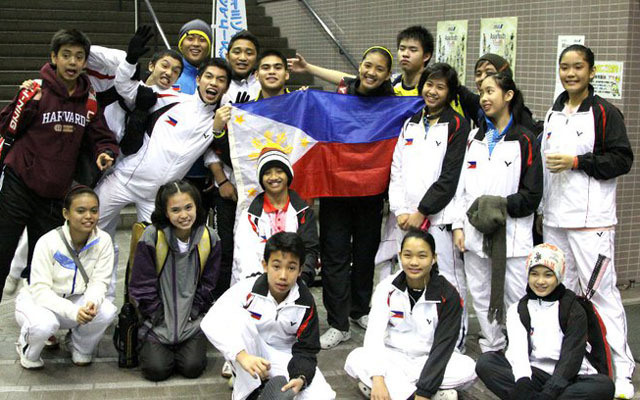
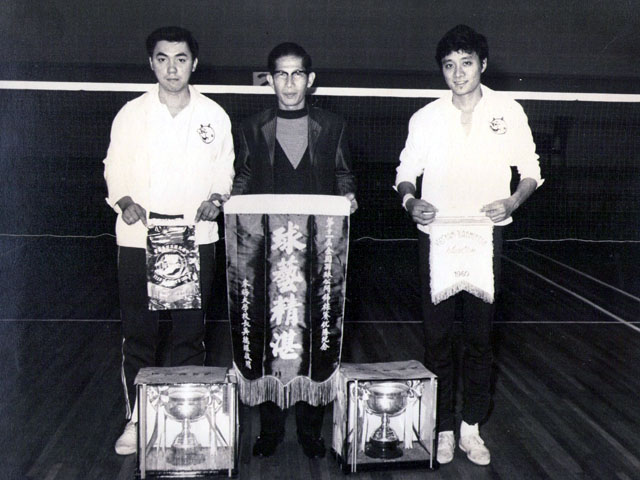
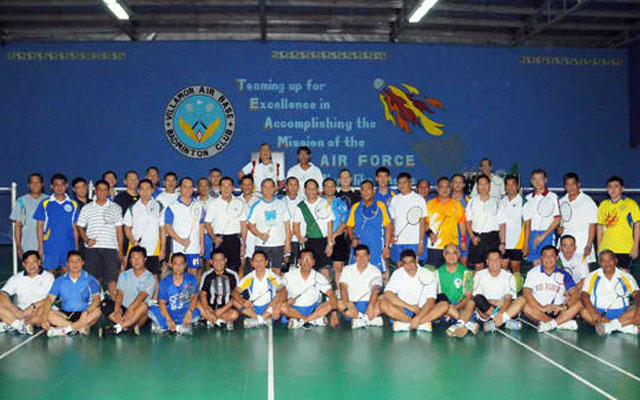
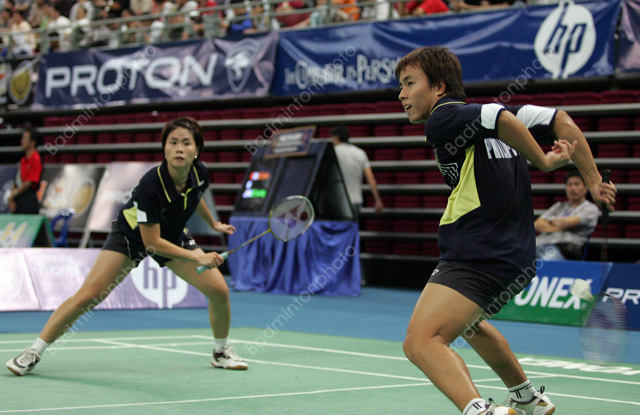
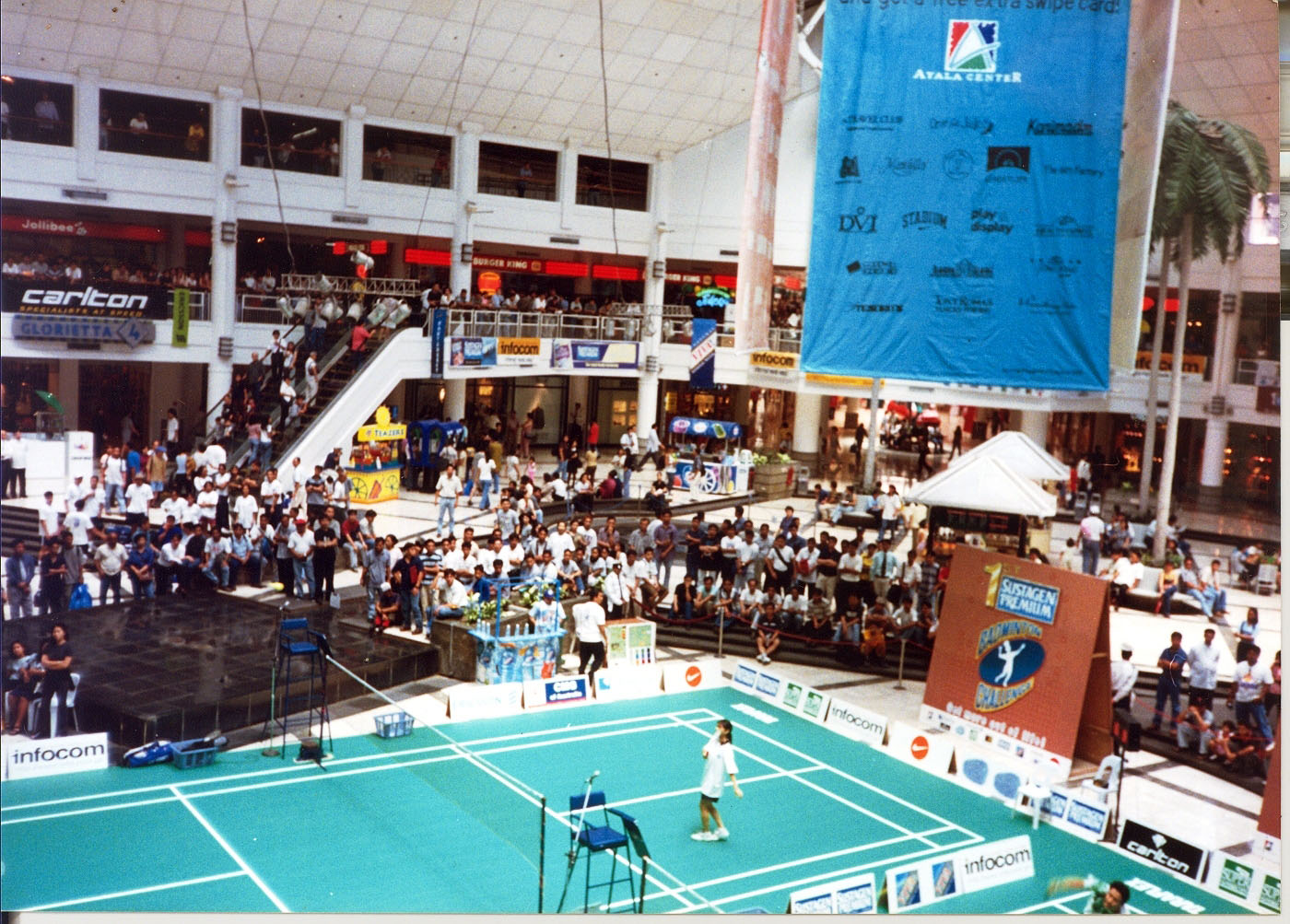
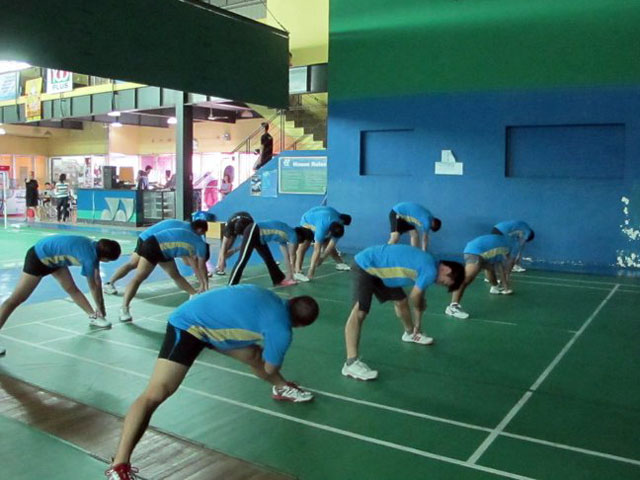


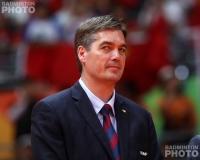
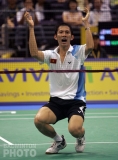
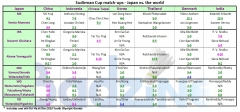
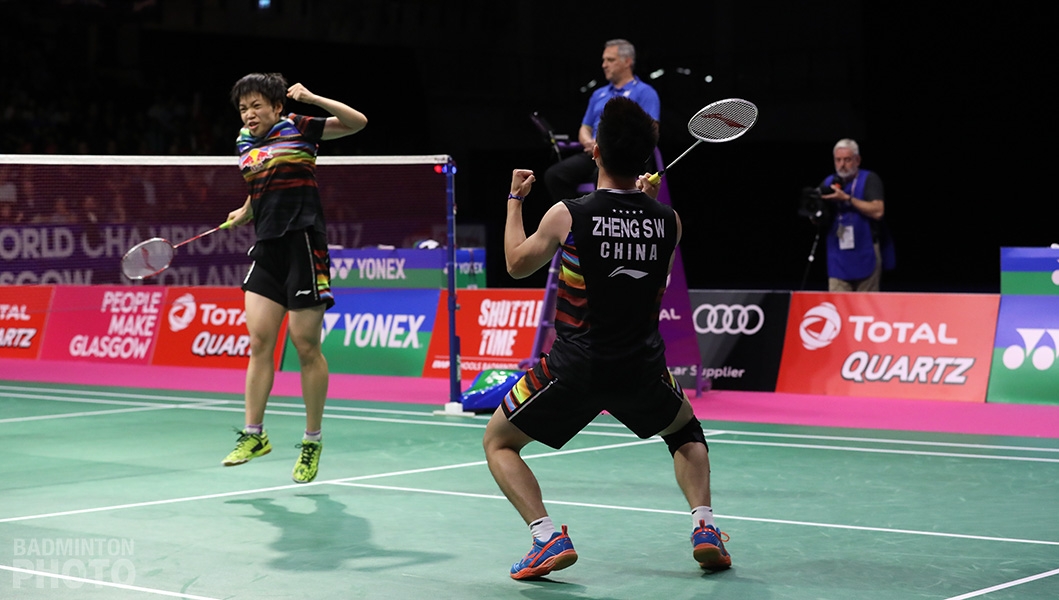
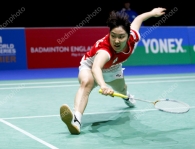
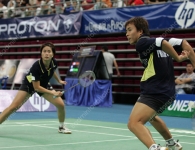
Bakit di po kasali ang badminton na lumaban sa olympics ngayong taon?